Deliver your parcels with the right packaging
Want to send a parcel to someone?
Follow Colissimo's recommendations when you package your parcel so you don’t leave anything to chance.
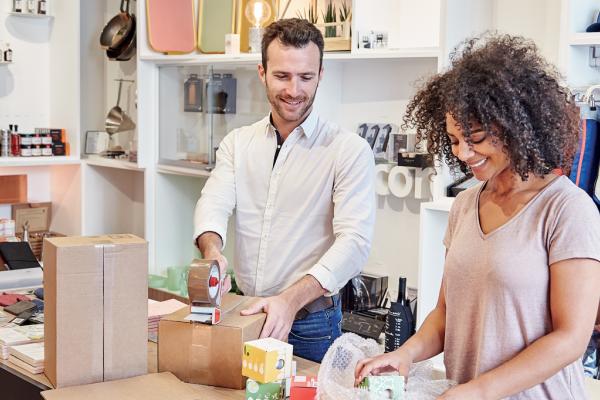
Use the right packaging for your parcels
Parcel preparation is not the time to improvise. At least, not if you want the parcel to get where it's going in good condition.
To make sure it does, you should use solid and durable packaging that protects your parcel against bumps and shocks during shipping and will satisfy your customers.
What materials should you use? How should you make sure the contents don't move around inside the parcel, to minimise the chances of breakage? In other words, when it comes to parcel packaging, what is best practice? To find out, follow Colissimo's recommendations.

Suitable, strong and resistant packaging
Quality packaging for greater satisfaction

A container adapted to the shape and size of the goods
Be adapted to the size and shape of the merchandise, to avoid unnecessary extra space. Also make sure you choose a way to keep it secure, taking the merchandise dimensions into account, so it doesn’t move around during shipping, and make sure it is firmly and securely sealed.
And don’t forget the label on the parcel: it should be unique, printed in the right size and placed in the right spot. Also make sure it includes all the information needed to ship the product.
Finally, when it comes to adding postage to your parcel, it’s easy! Use La Poste's reliable Simple Label Solution (SLS). This Web Service is handy for creating a document that is directly associated with a parcel and for transferring the announcement to Colissimo via the Internet. You can also do this using our online postage tool, linked to the same Web Service.
Container or no container: in every case, it's important!
As an e-retailer, you’re used to sending out a wide range of products, different kinds and sizes, fragile and unbreakable. Each product has its own packaging and shipping problems. Added to this there's the problem of excess packaging, which is an issue for consumers who increasingly want to reduce the environmental impact of their purchases.
You don’t have to use too much packaging for a parcel if the original packaging is solid, won’t tear and is very tough, and if the merchandise inside is firmly secured in place. If you’re not sure about all of that, then we strongly recommend you over-pack the parcel to avoid risk.
Use a box, pouch, reusable packaging… Decide which solution is most suited to your products, values and budget. But don't forget to take the minimum and maximum authorised weight and dimensions into account when you make your decision. One more important point: you also need to make sure that the container you select is stable, with no straps or handles, etc.
The Bayard-Théophile family use these good practices on a regular basis. Grandparents and kids alike are familiar with making online purchases, but the parcels aren’t always delivered as planned, and one package sometimes hides another… Follow their adventures in the Web Series “An ’almost’ perfect parcel”, which delivers all the secrets of properly preparing products with the right packaging.
WebSeries "An 'almost' perfect package"
Avoid extra space in parcels

Optimise your packaging space to reduce the risk of the package deteriorating
Thus the art of packaging consists entirely of optimising the space. This means reducing unused space in the parcel as much as possible (this directly affects the volumetric weight).
In addition, when you reduce the parcel size as much as possible, it might fit into a traditional letter box, making delivery easier and increasing the recipient's satisfaction. If the parcel is not ‘boxable’, remember the recommendations to ensure your customer's order in the best conditions.
Securing the product in place in the parcel to ensure it doesn’t move around
When the merchandise is in the parcel, make sure it stays securely in place to reduce extra space. There are ways of doing this which you should try to apply.
Doing so properly ‘fixes’ the product in place, stopping it from moving around during shipment. Professionals select the right materials and, in particular, avoid polystyrene, which tends to disintegrate quickly. It is also very harmful for the environment.
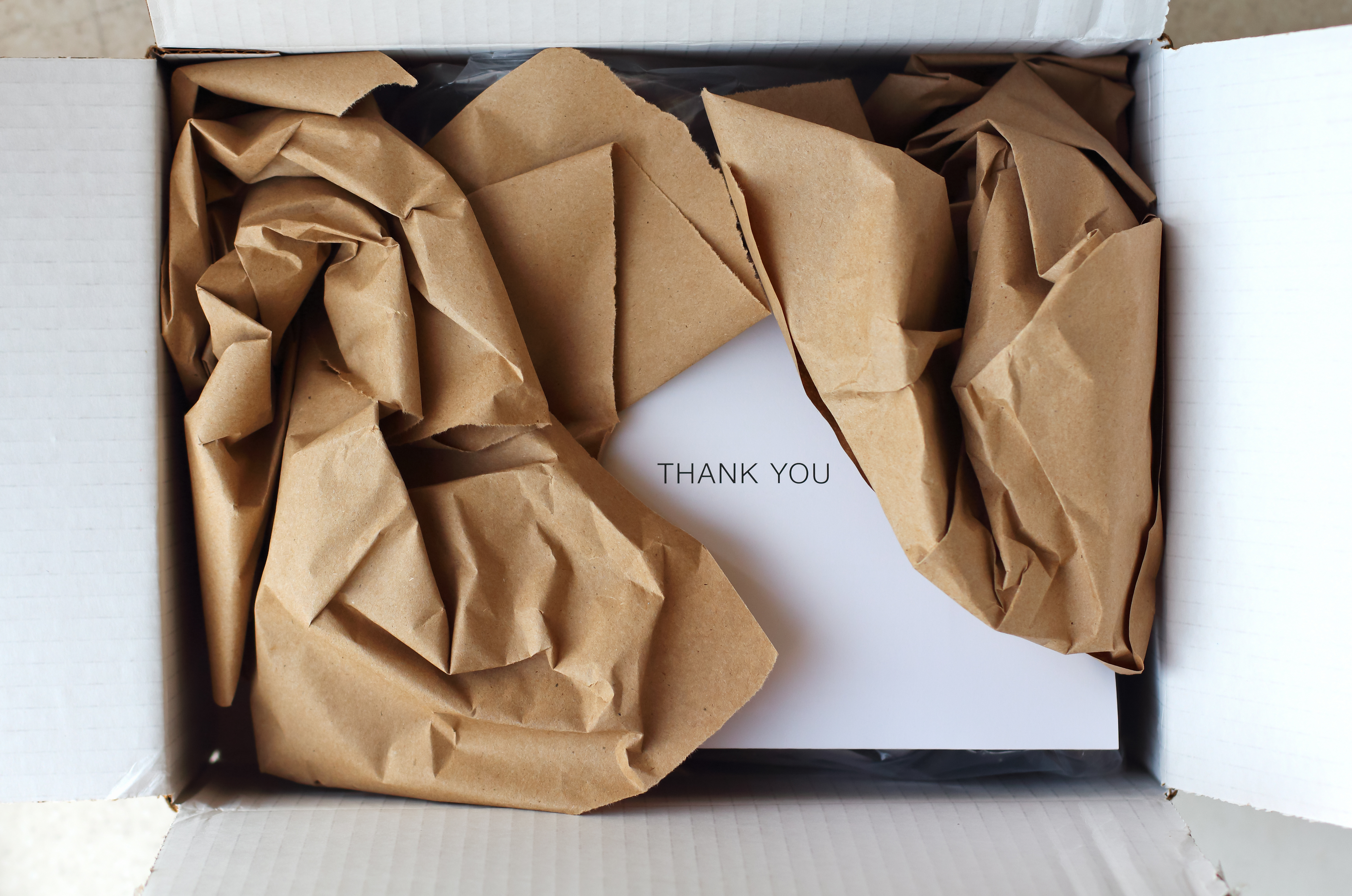
Proper cushioning prevents it from shifting during transport
Choosing the best way to seal the parcel with Colissimo
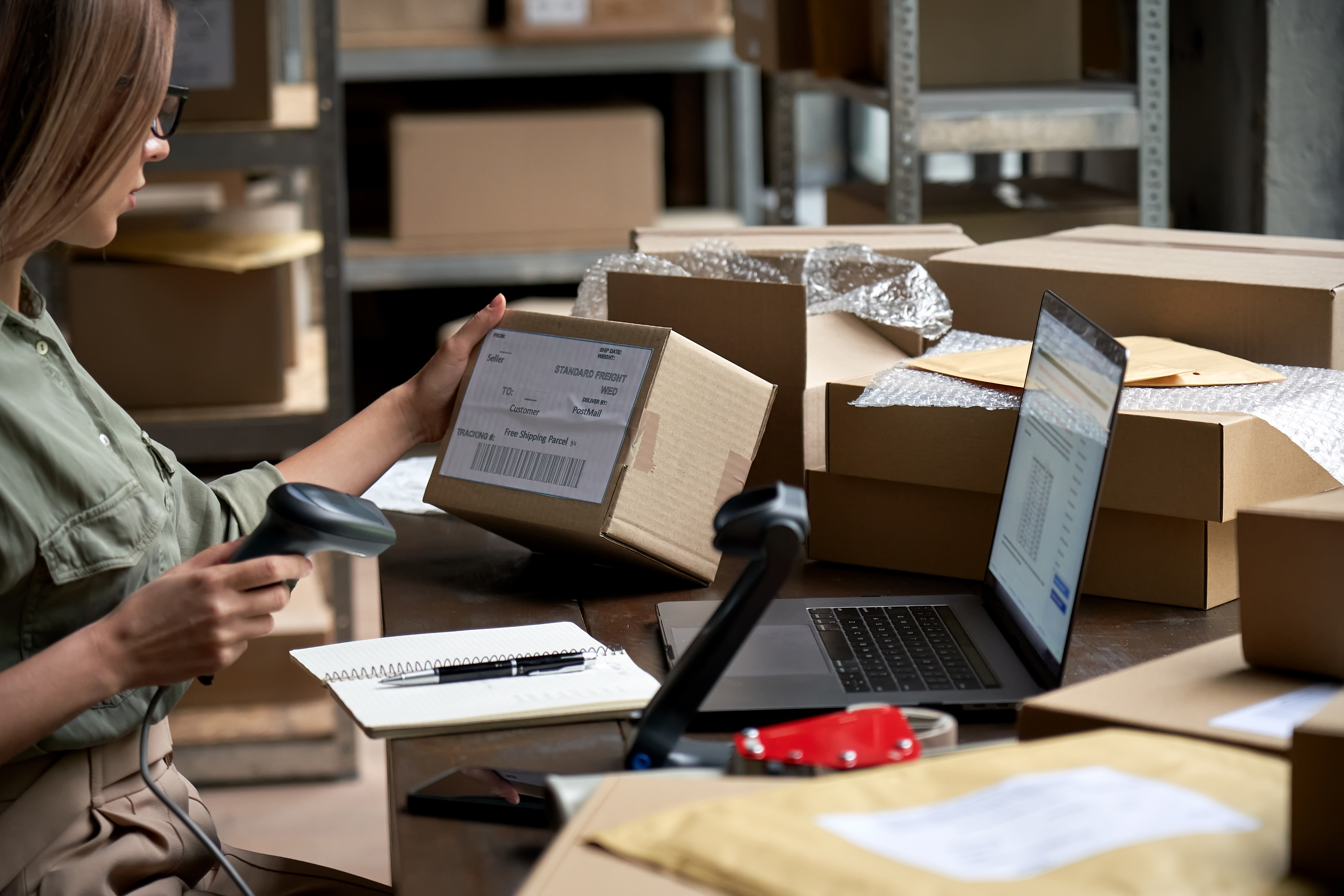
Avoid hiding important information by covering the label with tape
When talking about quality packaging, you're talking about a seal that is durable and adapted. For this, the cross seal for a box is widely preferred, as it is particularly robust. We also recommend you not cover the label with scotch tape or kraft paper, as this might block out important shipping information like the 3D code and the bar code.
Likewise, we recommend that e-retailers never use a parcel label to seal the parcel, as it might tear, and that you avoid placing the label on an edge, as this might lead to a delay if the information cannot be automatically read by the sorting machine.
A highly visible label that is the right size
As far as the label on the packaging is concerned, it should be at least 15 cm by 10 cm, and not crumpled so it can be read easily and automatically. The label should also be placed flat on just one part of the packaging (ideally the biggest side of the parcel). You must not stick a label on two sides of a parcel. Also avoid adding another bar code if it is unrelated to shipping problems. Finally, Likewise, make sure that the label is not entirely or partially covered by a plastic sleeve, as it must remain legible.
Basically, if the label is covered, it is harder to read due to light reflecting off the plastic. That means optical machines may not be able to correctly read the information needed for the shipping process. It would then require manual processing, which could lead to delays.

The label must measure at least 15 cm by 10 cm and lie flat on one part of the package only
Banned and hazardous materials

As an e-merchant, you are responsible for what you send via La Poste and Colissimo
There are strict rules defining banned and hazardous materials; these rules must be strictly respected by e-retailers.
As an e-retailer, you are responsible for what you ship via La Poste and Colissimo. This means you have to make sure that your parcel does not contain any prohibited and/or dangerous merchandise, or it will not be accepted. Some merchandise can represent a serious risk, especially when shipped by air, so the airlines have certain very strict rules, but there are also risks associated with road transport. This is the case with lighters, munitions, perfume, matches, aerosols, oil paints, materials containing mercury, and more. It is also forbidden to ship weapons, living creatures, drugs, and counterfeit or pirated goods.
Not to mention any merchandise that contains gas, munitions, and materials that are toxic, infectious, inflammable or corrosive in nature. (Insert link to future sub-page on prohibited and dangerous materials).
The importance of ecological packaging
It's no secret: our planet has limited resources. So we all have to do what we can to find the best solutions, every day. Environmental responsibility also involves choosing the right packaging for your parcels.
Packaging is ecological (or environmentally-friendly) when it is bio-sourced. What this actually means is that it is made using natural and entirely renewable materials. It can decompose quickly: in this sense it is biodegradable. In practice, once it is no longer in use, the parcel packaging can be recycled, so it isn’t just chucked in the bin. The idea is to protect the planet while creating a virtuous circle through the intelligent use of parcel packaging. It should also be reusable, as this also helps safeguard the environment. At Colissimo, we get it. Whether it's the packaging we make and sell to individuals, or the initiatives we undertake on behalf of you, the online retail professionals.
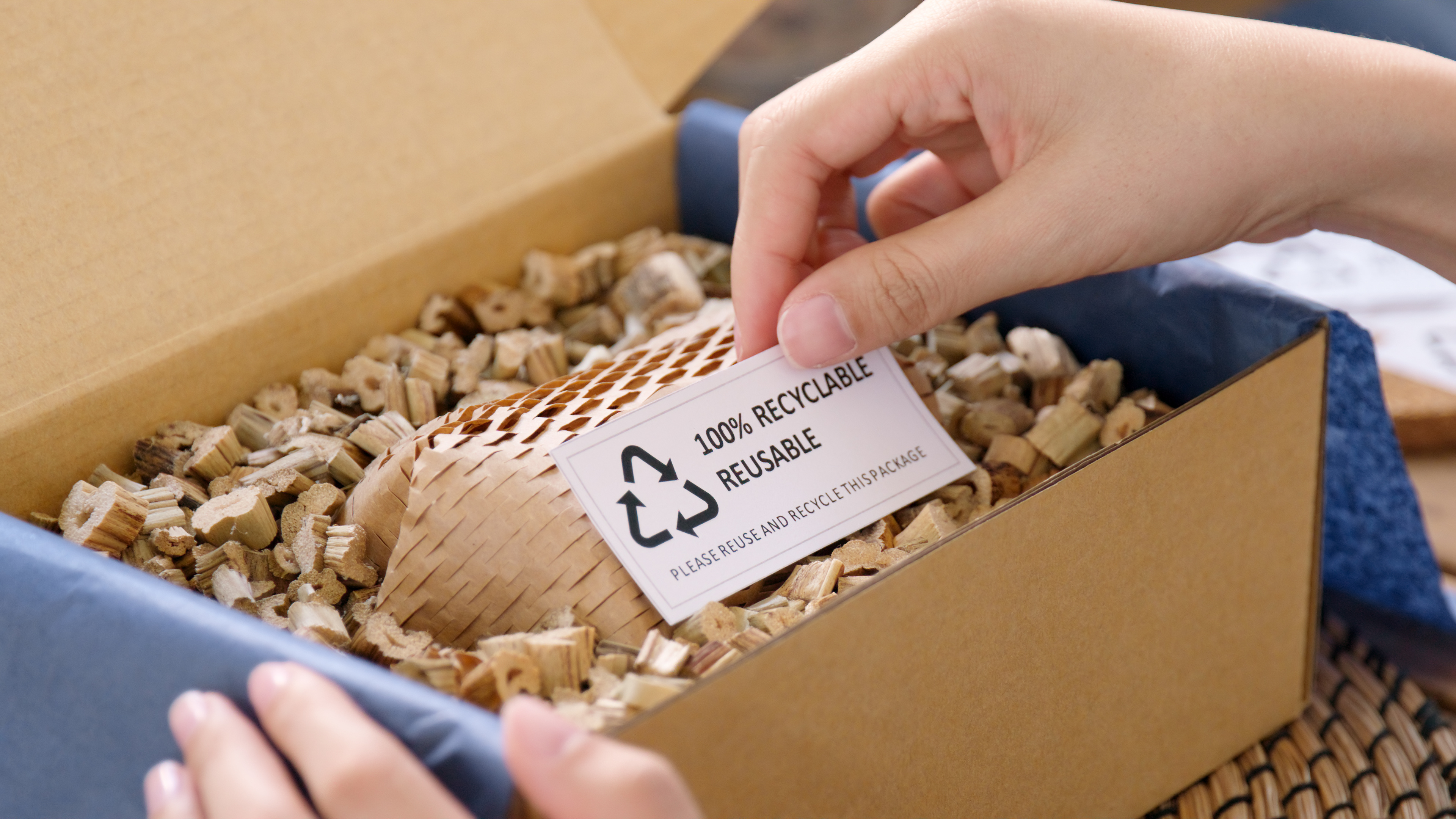
Ecological packaging is bio-based
Eco-responsible packaging, recyclability and protecting the planet: responsible online retail with Colissimo

The RePoste label
From the time it first began delivering parcels, Colissimo has been committed to protecting the planet and the environment. Today the company we are seeking to go even further with respect to the major issues (even thorny ones) with eco-responsible solutions for parcel packaging.
To this end, there are re-usable solutions that often do the trick, so packaged parcels can be delivered without harming the planet.
The RePoste label shows this, as it concerns parcel re-usage cycles in La Poste’s industrial system.
Another important element is Afnor Spec. At Colissimo's initiative, the Afnor Spec consortium of experts is sharing the results of its deliberations with a view to sharing and applying best practice.
Colissimo is joining forces with innovative players such as Opopop to transform the way parcels are sent, by focusing on the reuse of packaging. These companies share a common vision: to reduce the environmental impact of e-commerce through reusable, returnable and sustainable packaging.
These alternatives, already adopted by many e-commerce players, respond to a strategic challenge: limiting waste while meeting the expectations of consumers looking for solutions that respect the planet.
It's up to you to make a difference!
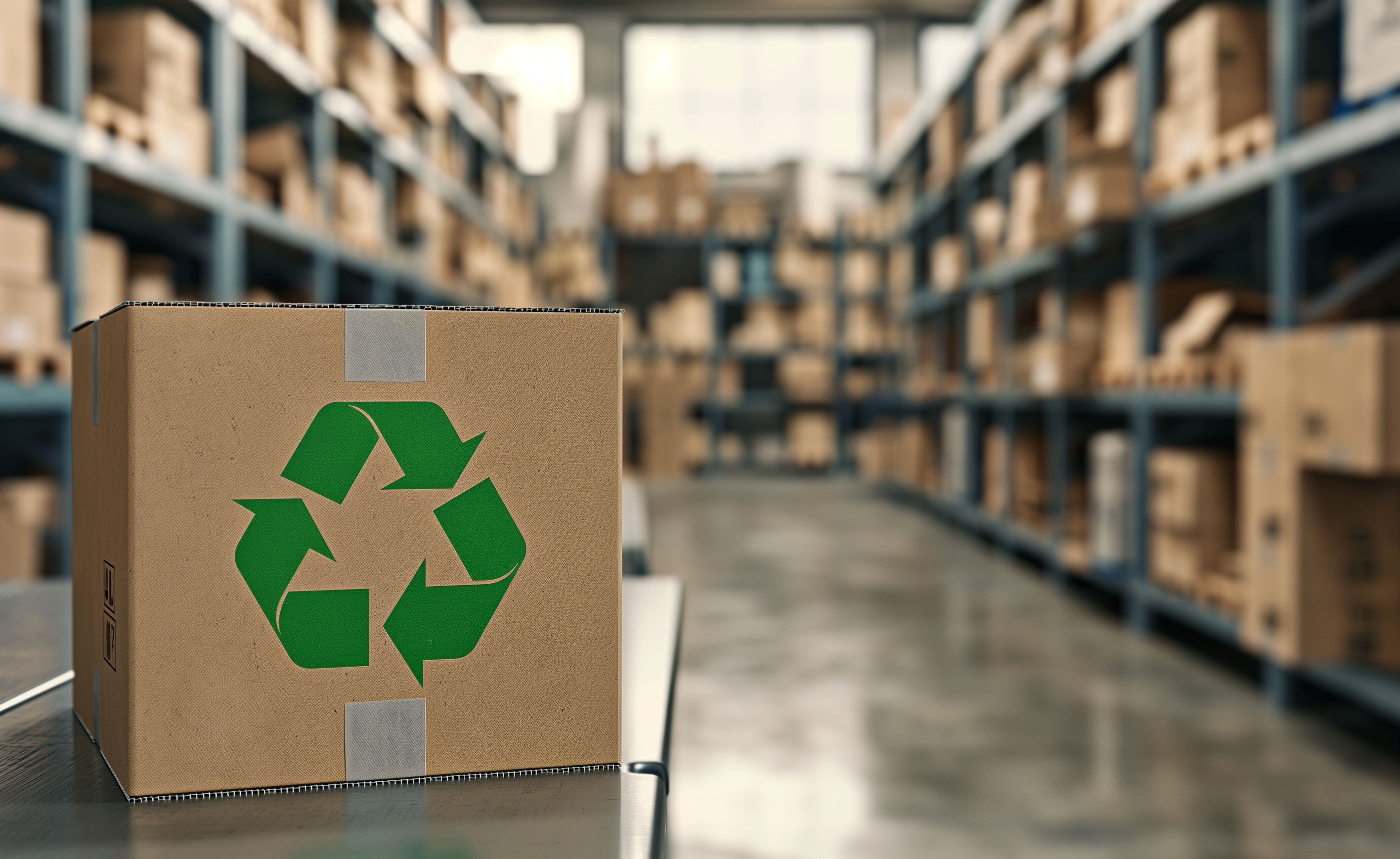
Colissimo reusable packaging
